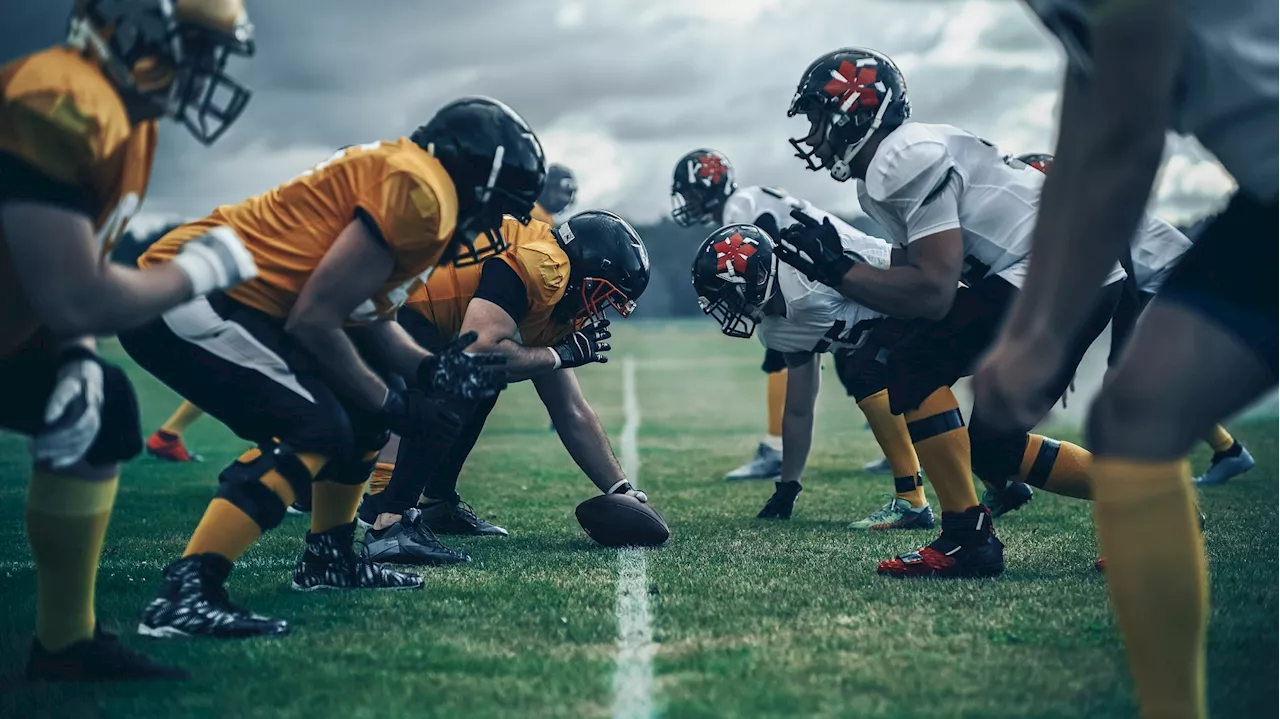Researchers investigate how spontaneous headshake after a kinematic event (SHAAKE) may be a novel sign to diagnose concussion.
By Dr. Priyom Bose, Ph.D.Reviewed by Benedette Cuffari, M.Sc.Oct 28 2024 Nearly three-quarters of athletes reported a spontaneous headshake after a kinematic event following a self-reported concussion.
Importance of concussion diagnosis Concussions are mild brain injuries that affect brain function. Several studies have indicated that both undiagnosed traumatic brain injuries and delayed concussion diagnoses increase recovery time and the risk of subsequent neurologic and orthopedic injury. Common visual signs of suspected concussions include ‘slow to get up,’ ‘loss of responsiveness,’ and ‘blank and vacant look.’ SHAAKE, which refers to players shaking their heads back and forth for seconds to minutes after a collision, has also been frequently observed in concussion cases.
Related StoriesIndividuals who played sports at any level and were 30 years of age or younger were considered for the current study. Younger athletes were recruited in the survey because of the increased possibility of receiving formal concussion education under existing policies. Those who remembered making these motions were given an additional list of thirteen reasons for why they believed that the SHAAKE occurred, such as changes in vision, auditory changes, and dizziness, as well as symptoms not associated with the concussion including scalp pain and feeling of chills. Study participants were also asked to provide suggestions as to why they made the head movement after the collision.
About 92% of the study participants were White, whereas 79.3% were from North America. Over 98% of the study cohort experienced at least one concussion based on the modern definition, with 68.9% reporting rapidly shaking their head after the collision.
Blood Brain Diagnostics Health Care Orthopedic Research
United Kingdom Latest News, United Kingdom Headlines
Similar News:You can also read news stories similar to this one that we have collected from other news sources.
 New research identifies SHAAKE as key concussion indicatorConcussion researchers have recognized a new concussion sign that could identify up to 33% of undiagnosed concussions.
New research identifies SHAAKE as key concussion indicatorConcussion researchers have recognized a new concussion sign that could identify up to 33% of undiagnosed concussions.
Read more »
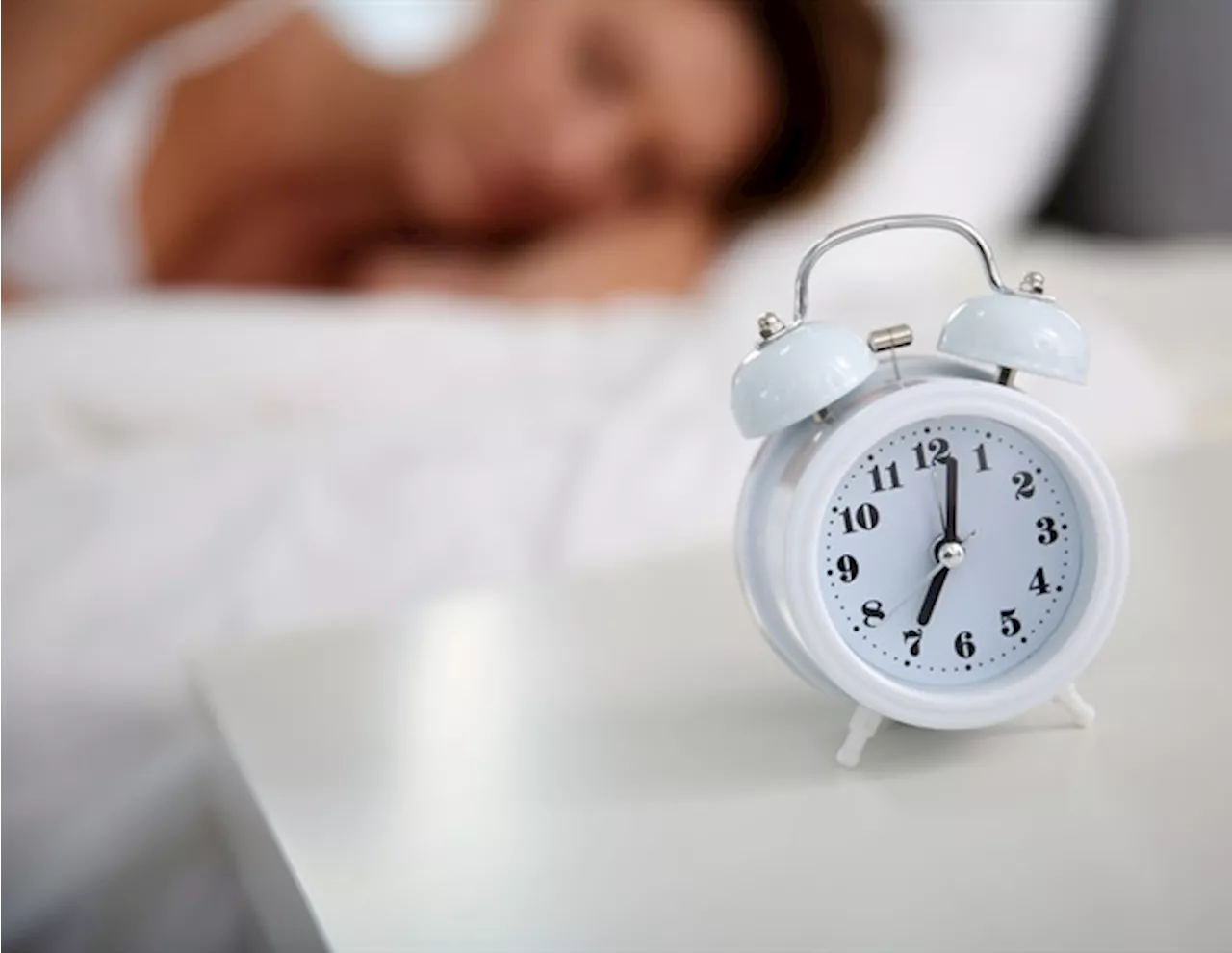 British sleep researchers urge the government to abolish twice-yearly clock changesA team of leading sleep researchers from the British Sleep Society have called for the government to abolish the twice-yearly clock changes in the UK due to the adverse effects on sleep and circadian health.
British sleep researchers urge the government to abolish twice-yearly clock changesA team of leading sleep researchers from the British Sleep Society have called for the government to abolish the twice-yearly clock changes in the UK due to the adverse effects on sleep and circadian health.
Read more »
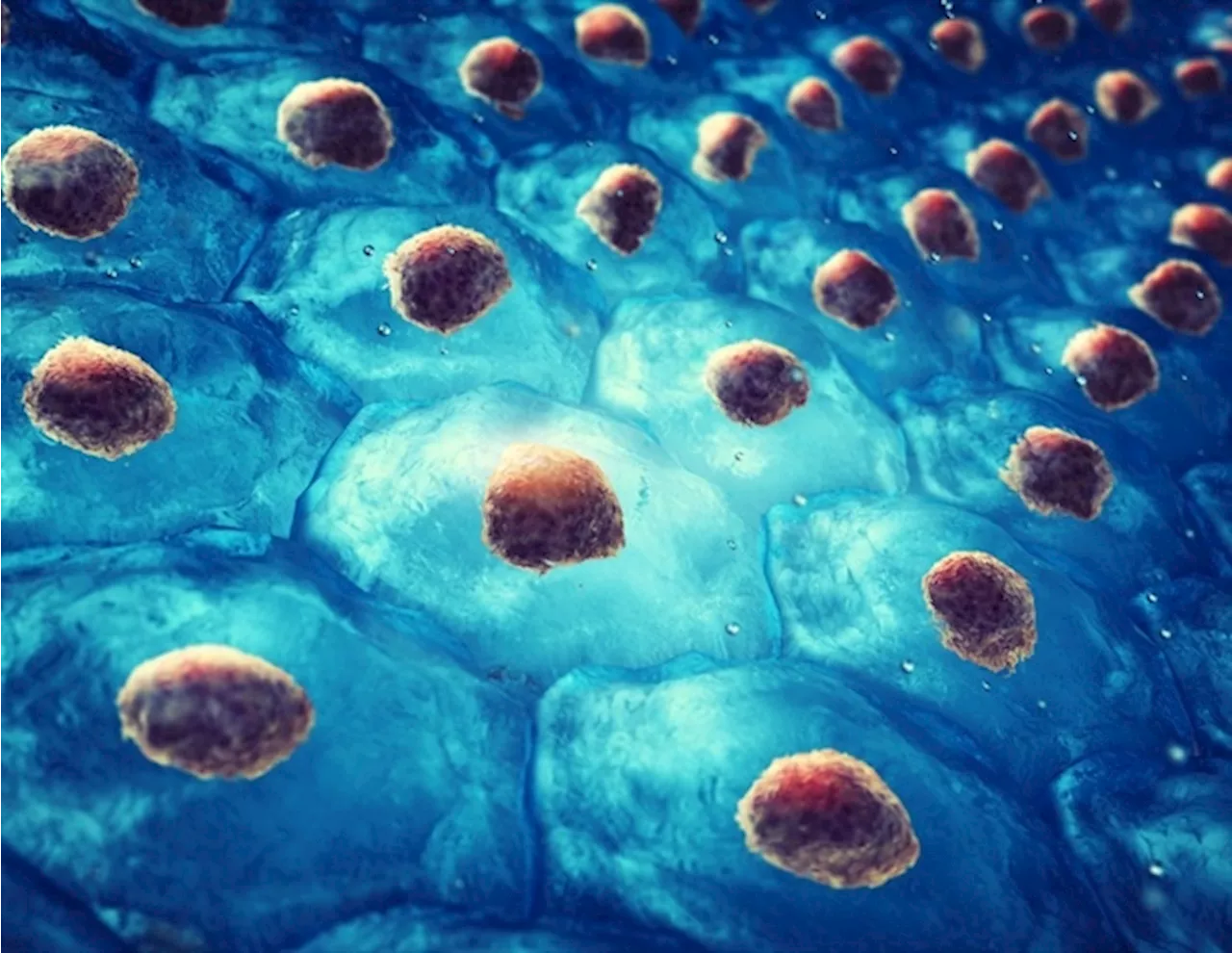 Researchers create mini-brains to study autism and test new treatmentsUsing stem cells generated from patients with a rare and severe form of autism spectrum disorder and intellectual disability, Scripps Research scientists have grown personalized 'mini-brains' (or organoids) to study the disorder in new detail.
Researchers create mini-brains to study autism and test new treatmentsUsing stem cells generated from patients with a rare and severe form of autism spectrum disorder and intellectual disability, Scripps Research scientists have grown personalized 'mini-brains' (or organoids) to study the disorder in new detail.
Read more »
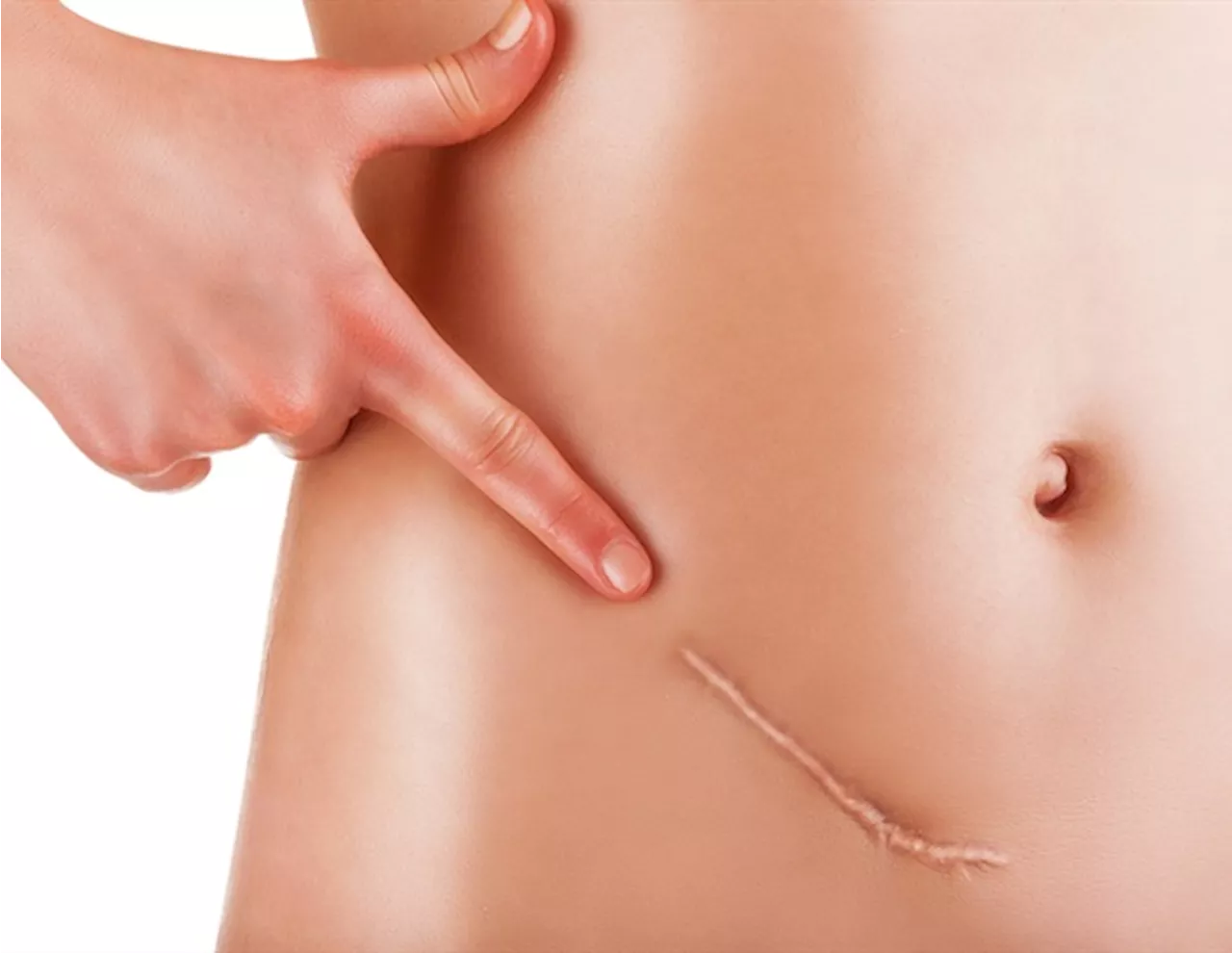 Researchers discover how ovarian tumors cripple immune cellsWeill Cornell Medicine researchers have discovered a mechanism that ovarian tumors use to cripple immune cells and impede their attack-;blocking the energy supply T cells depend on.
Researchers discover how ovarian tumors cripple immune cellsWeill Cornell Medicine researchers have discovered a mechanism that ovarian tumors use to cripple immune cells and impede their attack-;blocking the energy supply T cells depend on.
Read more »
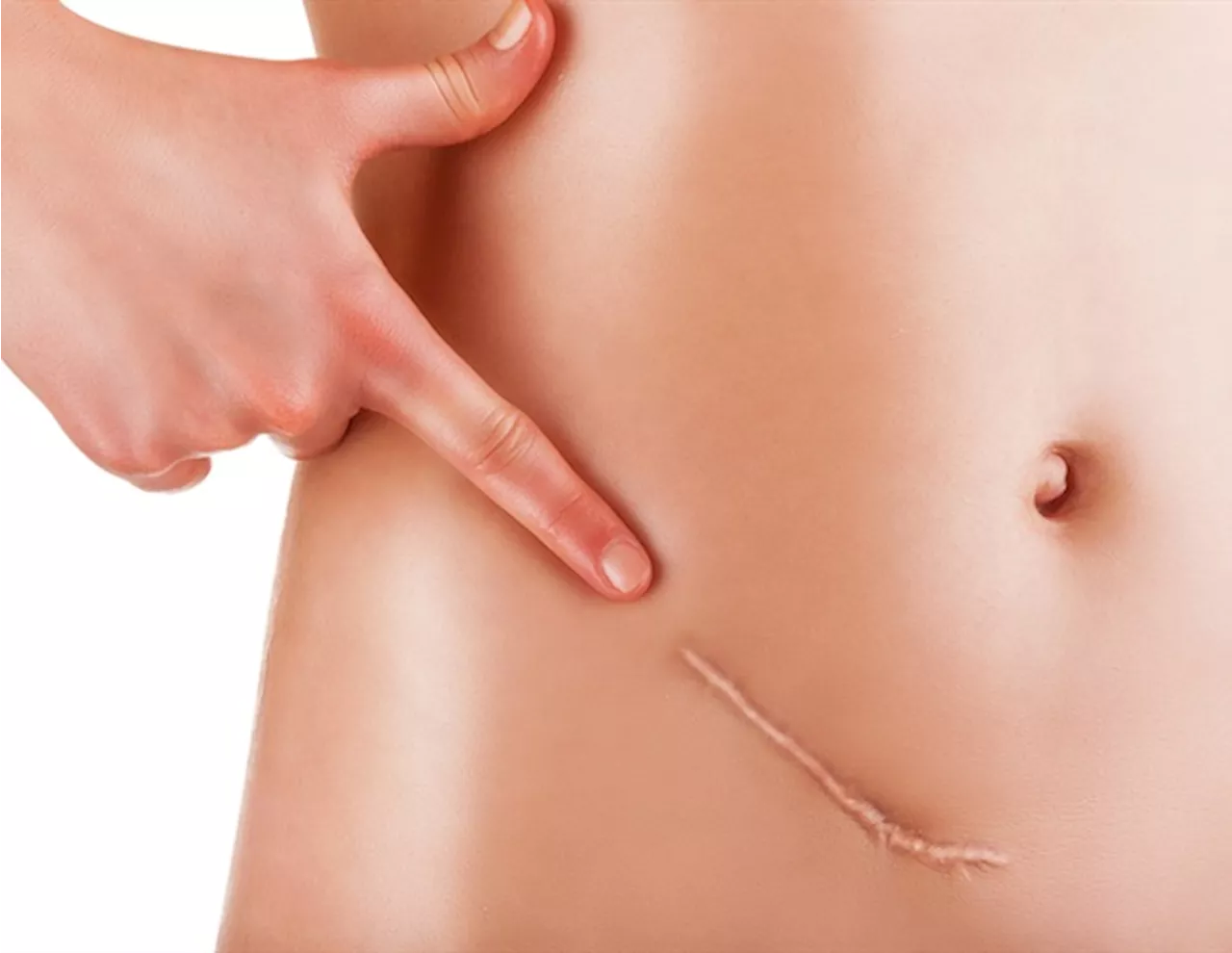 Researchers identify mechanism of immune suppression in ovarian cancerWeill Cornell Medicine researchers have discovered a mechanism that ovarian tumors use to cripple immune cells and impede their attack—blocking the energy supply T cells depend on. The study, published Oct. 23 in Nature, points toward a promising new immunotherapy approach for ovarian cancer, which is notoriously aggressive and hard to treat.
Researchers identify mechanism of immune suppression in ovarian cancerWeill Cornell Medicine researchers have discovered a mechanism that ovarian tumors use to cripple immune cells and impede their attack—blocking the energy supply T cells depend on. The study, published Oct. 23 in Nature, points toward a promising new immunotherapy approach for ovarian cancer, which is notoriously aggressive and hard to treat.
Read more »
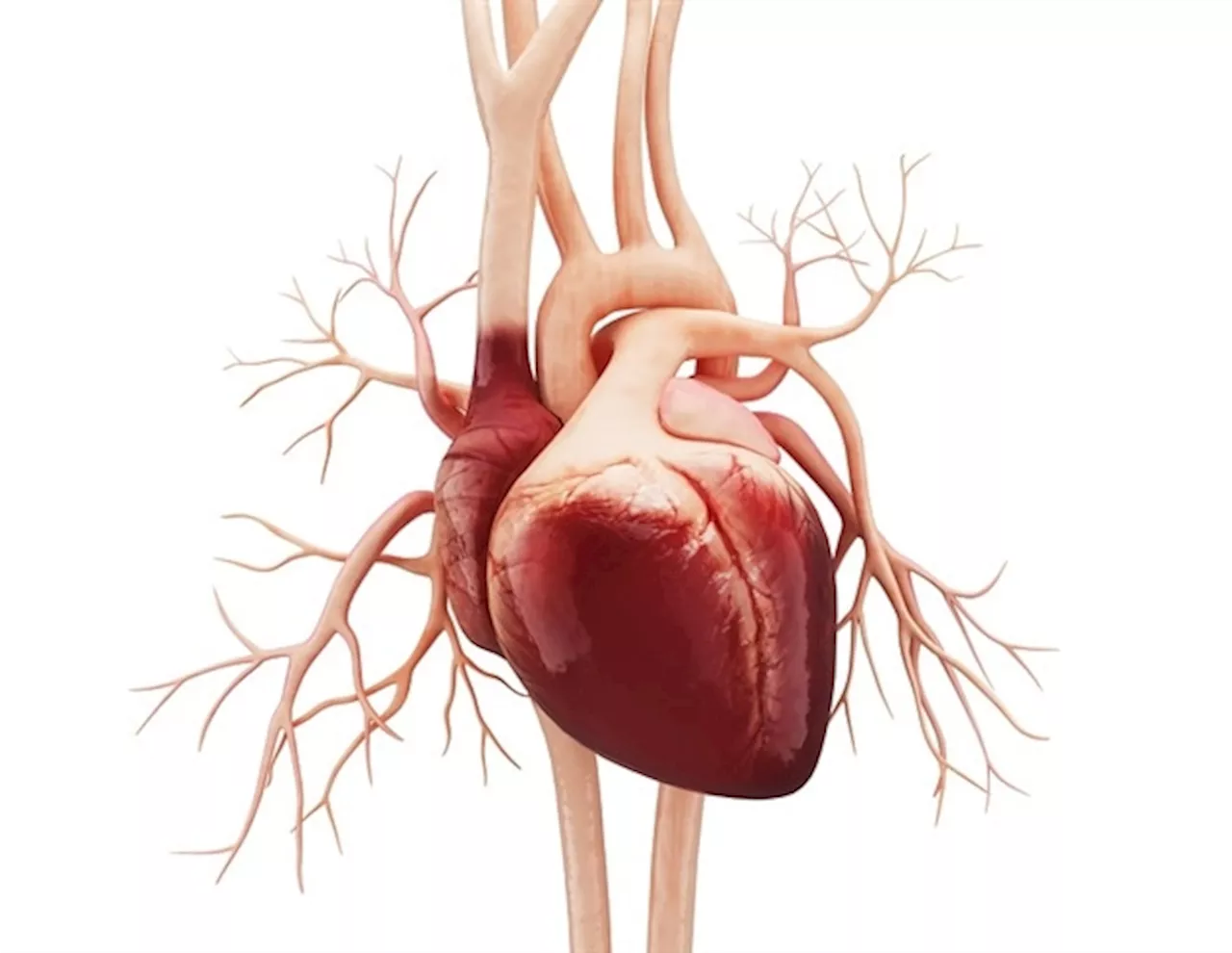 Researchers develop first-of-its-kind therapy to enhance heart repair after a heart attackScientists at the Eli and Edythe Broad Center of Regenerative Medicine and Stem Cell Research at UCLA have developed a first-of-its-kind experimental therapy that has the potential to enhance heart repair following a heart attack, preventing the onset of heart failure.
Researchers develop first-of-its-kind therapy to enhance heart repair after a heart attackScientists at the Eli and Edythe Broad Center of Regenerative Medicine and Stem Cell Research at UCLA have developed a first-of-its-kind experimental therapy that has the potential to enhance heart repair following a heart attack, preventing the onset of heart failure.
Read more »
